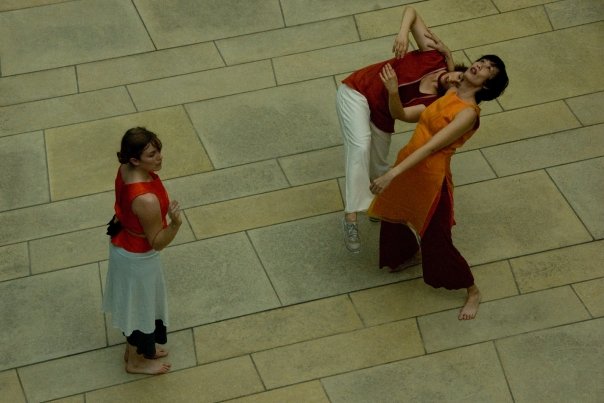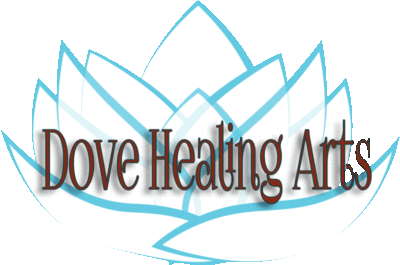The Feldenkrais Method: move better to live better
For class information, go to this page or Sign Up for the Email List.
For individual session information, go to this page.
How you move is as important as how much you move
Improve the effects of exercise by using your body sense
–from Alan Fogel’s Body Sense blog on Psychology Today
Simply put, Feldenkrais is about moving better in order to live better. It’s about increasing body awareness and pleasurable movement. Here are typical situations that bring you to Feldenkrais:
- You want to reduce stress and have a tendency to overdo everything that you’d like to change.
- You want to improve how you do things in everyday life. Like gardening, giving massages, sports, dance, bicycling, playing an instrument, getting into and out of a chair. I’ve worked with clients ages teen to 91 on issues as diverse as playing golf or tennis, training for a triathlon, belly dancing, gardening, playing the violin, picking up laundry, carrying a baby, swimming, walking…the list goes on!
- You are looking to facilitate your recovery from injury, surgery, or repetitive strain. In other words, to “get back to your life,” as many people put it.
- You are curious about how you can better live your life as a complete whole, body and mind functioning in harmony. Or, you’re well aware that you are not “in your body” and you’re ready to make peace with your body and be friends with yourself.
How does it work? Think of it like this. If you move/sit/stand in a certain way, let’s say with a particular twist to your back, after many years of doing this, the repetitive twisting will cause your back to start to hurt in some way. Then you might go to a doctor, PT, massage therapist, etc. to get relief. That person can usually provide a temporary and quite helpful “fix” to the pain. However, the “fix” might dissipate over the course of a week or two and then you need the same thing again.
It’s all in how you move
Basically, when we have ways of sitting, standing, moving, or doing things in our everyday life that we’re unaware of, those habits can actually be causing us a great deal of pain and discomfort. What I do is teach you to become more aware of your habits. I also teach you how to change them gradually over time so that you stop creating the same problem over and over. As you learn how to manage your daily activities better, you generally start to feel better and have more energy. It’s an investment in yourself that is well worth it. You are going to have this body you have for the rest of your life. Learning to respect and live comfortably in it makes a big difference!

Different than the medical model
Feldenkrais differs from the medical model. Rather than having a “prescription” for a problem, I look at what’s going on with you globally. The four foundations of Feldenkrais are thinking, feeling, sensing, and acting (moving), so all of these are taken into account. Another way to illustrate is to say that in many ways the medical model is linear. You have X condition and you do X, Y, and Z to make it better. Of course, sometimes the line doesn’t lead just where we hoped. Or, we get some better, but not all the way better, and we are left feeling a bit short. We ask, “Well, now what? I did all my treatment and here I am…what do I do next to get better?”
Feldenkrais is sort of like one of those maps at the mall with a big star that says “You Are Here”. The question we ask is not, “What’s wrong with you?” instead it’s “Where do you want to go?” It’s a different way of thinking, one that is non-linear and explores possibilities instead of pathologies. This is why Feldenkrais is a good complement to medical practice. It provides a way of working with whatever your goals and challenges are that isn’t limited by the need to follow a linear treatment sequence.
To be quite frank with you, I think once upon a time medicine was less linear than it is now; it’s simply that our current health care system favors short-term, linear approaches. So this is what most providers are forced to give you whether they agree with it or not. However, good practitioners have always known that healing is a process with many twists and turns.
How does this sound?
What we do in Feldenkrais is navigate those twists and turns with grace and intelligence and curiosity. The flexibility of the whole person, physical, emotional, spiritual–and the integration of that knowledge into a healthier life is what I aspire to help you develop. It’s important to me that the people I teach each find their unique way of becoming their own teacher. I view myself as a guide accompanying a person’s learning and growth process. Therefore, not a “fixer” or therapist of any kind.
Ultimately, the power to transform comes from inside of you. What I do is gently direct and shape some of the pathways that allow your power to grow, develop, and self-express.

